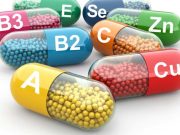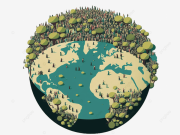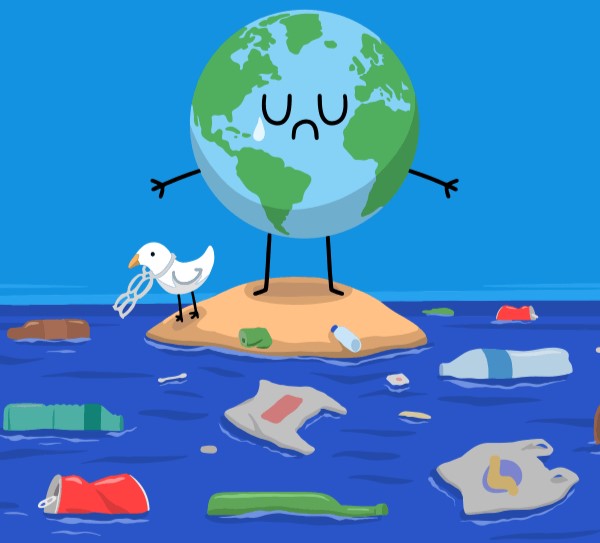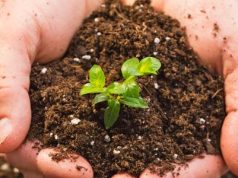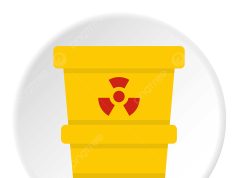Welcome to our blog, where we explore the critical issue of marine pollution and its detrimental effects on the world’s oceans. Join us as we delve into the causes and types of marine pollution, examine its far-reaching impacts on marine life and ecosystems, and discuss the urgent need for global action to mitigate and prevent further pollution.
Understanding Marine Pollution:
1.1 Definition and Sources:
Defining marine pollution as the introduction of harmful substances or contaminants into the marine environment.
Exploring the diverse sources of marine pollution, including industrial discharges, sewage and wastewater, oil spills, plastic waste, and agricultural runoff.
1.2 Types of Marine Pollution:
Examining different forms of marine pollution, such as chemical pollution (including heavy metals and pesticides), oil and petroleum pollution, plastic pollution, and nutrient pollution (eutrophication).
1.3 Global Scale and Magnitude:
Highlighting the vast extent of marine pollution and its global impact on oceans, coastlines, and marine life.
Discussing the interconnectedness of marine ecosystems and the potential for pollution to spread across large distances.
Impacts of Marine Pollution:
2.1 Threats to Marine Life:
Addressing the direct and indirect effects of marine pollution on marine organisms, including fish, marine mammals, seabirds, and coral reefs.
Discussing the risks of ingestion, entanglement, habitat degradation, and disruption of reproductive cycles.
2.2 Ecosystem Disruption:
Exploring the broader ecological consequences of marine pollution, such as the degradation of coastal habitats, loss of biodiversity, and disruption of food chains.
Discussing the impacts on fragile ecosystems like mangroves, seagrass beds, and estuaries.
2.3 Human Health Risks:
Addressing the potential risks posed by marine pollution to human health through the consumption of contaminated seafood, exposure to harmful algal blooms, and contact with polluted waters.
Discussing the long-term implications for coastal communities that rely on healthy marine ecosystems for sustenance and livelihoods.
Causes and Contributors:
3.1 Industrial and Chemical Discharges:
Discussing the release of industrial waste, heavy metals, and toxic chemicals into marine environments.
Exploring the importance of implementing stricter regulations, waste management practices, and pollution control technologies.
3.2 Plastic Pollution:
Addressing the pervasive issue of plastic pollution in the oceans, including microplastics and macroplastics.
Highlighting the need for reduced plastic consumption, improved waste management, and innovative solutions to tackle plastic waste.
3.3 Oil Spills and Petroleum Pollution:
Examining the environmental and ecological impacts of oil spills from shipping accidents, offshore drilling, and transportation.
Discussing the importance of effective spill response, improved safety measures, and transitioning to cleaner energy alternatives.
3.4 Agricultural Runoff and Nutrient Pollution:
Exploring the contribution of agricultural activities to marine pollution through the discharge of fertilizers, pesticides, and excessive nutrients.
Discussing the importance of sustainable farming practices, buffer zones, and improved land management to minimize runoff.
Mitigation and Solutions:
4.1 International Regulations and Treaties:
Discussing the role of international agreements and organizations, such as the United Nations Convention on the Law of the Sea (UNCLOS) and the International Maritime Organization (IMO), in regulating and reducing marine pollution.
Highlighting the need for stronger enforcement, collaboration, and compliance with existing regulations.
4.2 Waste Management and Recycling:
Emphasizing the importance of effective waste management systems, including proper collection, recycling, and disposal of waste materials.
Discussing the role of public awareness campaigns and extended producer responsibility in promoting responsible consumption and waste reduction.
4.3 Innovation and Technology:
Exploring innovative solutions to tackle marine pollution, such as advanced wastewater treatment technologies, bioremediation, and ocean cleanup initiatives.
Highlighting the role of scientific research, technological advancements, and public-private partnerships in driving sustainable solutions.
4.4 Community Engagement and Education:
Recognizing the importance of community involvement and education in raising awareness about marine pollution and fostering a sense of responsibility.
Discussing the role of citizen science, beach cleanups, and educational programs in empowering individuals and communities to take action.
Conclusion:
As we conclude our exploration of marine pollution, it is clear that urgent action is needed to protect the health and resilience of our oceans. By understanding the causes and impacts of marine pollution, implementing effective regulations, promoting sustainable practices, and fostering global collaboration, we can work towards a cleaner and healthier marine environment for future generations. Join us in future blog posts as we continue to address pressing environmental issues and advocate for the conservation of our oceans and their precious ecosystems.

